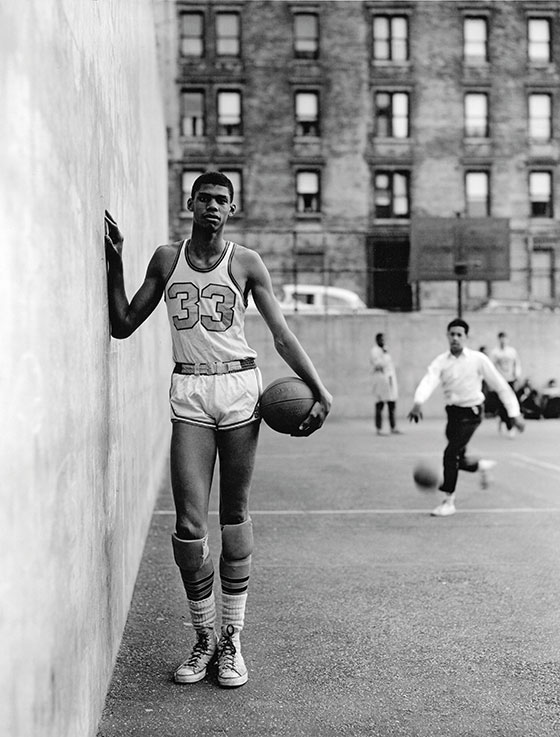
Harlem was an incredible place, the center of black culture, but we moved in 1950 to Inwood, where we were among the first black people. I remember my mom got harassed at the supermarket, the manager insisting that she was shoplifting—he wanted to inspect her bags, and she wouldn’t let him and caused a scene. She dragged me out of there and, in doing that, knocked over a display. I was waist high in loaves of bread.
The Irish kids didn’t want us up there. The northern side of Dyckman Street was Irish, and the southern side was Jewish. I would walk from where I lived in the Dyckman projects up to P.S. 52—my mom decided that I could walk to school alone, but I had to walk right through the Irish section of the neighborhood. Later on, as an adult, I found out that she used to follow me, from a half-block behind, to make sure that nothing happened.
Childhood in the city is pretty different now. There’s not a whole lot of ethnic neighborhoods anymore. They’ve taken all the people in New York and put them in a blender, and they land in chunks and puddles in various parts of the city. It’s a city of workaholics, where the successful really live well. You see that, and you want to join their ranks. I remember I saw a man get out of a Rolls-Royce—the man was Caucasian, and his driver was black. I said to the driver, “I’m gonna have a car like that one day.”